|

By Ian Cushway, 01st August 2020
MGB Buyer's Guide
Now's a good time to grab an MGB!
It's forty years since the last MGB was produced, and to mark the occasion we've gone back to see how the evergreen icon evolved and we have a comprehensive guide on bagging the best example.
Raise an arm if you’ve owned an MGB… and even if you haven’t, chances are a friend, relation or work colleague has. Such is the popularity and lasting appeal of Abingdon’s first monocoque sports car creation. Its high survival rate, as well as excellent parts availability, is what's made the MGB such a popular classic. Oh, and the fact it’s such fun to drive, simple to maintain and generally so easy to own. With that in mind, here’s the full story of this much adored, often modified and always cherished pillar of our classic car establishment...
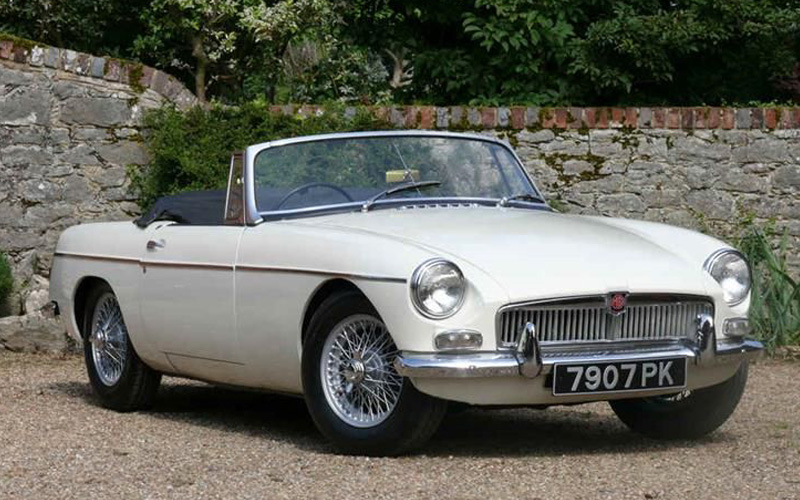
Credit: Photo by Classic & Sports Car
Model history
Let's start with a quick flick through the history books. MG’s top engineer, Syd Enever, headed up the team responsible for creating the MGB, with the firm’s design guru Don Hayter put in charge of styling. Meant as a replacement for the MGA, and inheriting much of its underpinnings, the MGB roadster arrived first in 1962. It featured a new three-bearing 95bhp 1.8-litre B-Series engine, mated to a four-speed ‘box with a crash first. The vertically slatted grille was finished in aluminium with a chrome surround and steel wheels were standard, with wires as an option.
Shortly after launch a bigger fuel tank was added and push button door latches followed, with the smoother five-bearing engine becoming available from 1965. That year also marked the arrival of the Pininfarina-influenced MGB GT.
In 1967, the MGB saw some changes with new rear axle, improved all-synchro gearbox, adjustable seats and alternator instead of a dynamo. Its lower final drive was particularly handy when employed for brisk A-road overtaking.
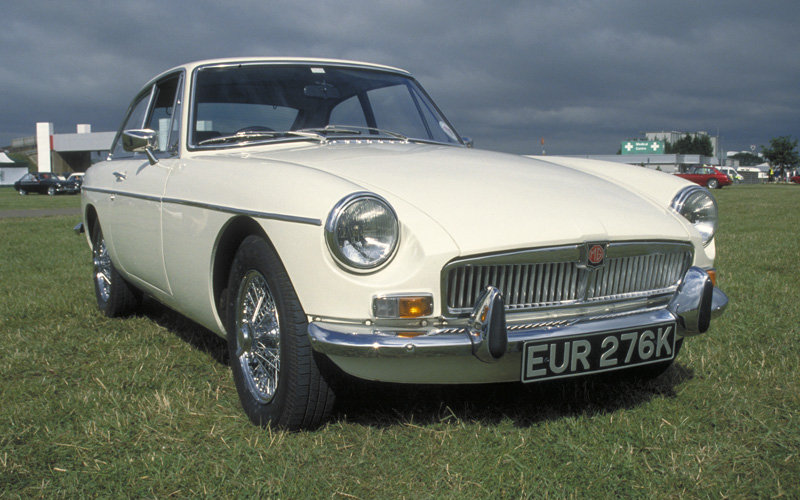
Credit: Photo by Moss Europe Ltd
The same year, more muscle was added to beef up the ‘B’s image with the introduction of the six-cylinder MGC roadster and GT. A new recessed grille was added in 1969, vinyl replaced leather inside and British Leyland badges appeared for the first time on each wing.
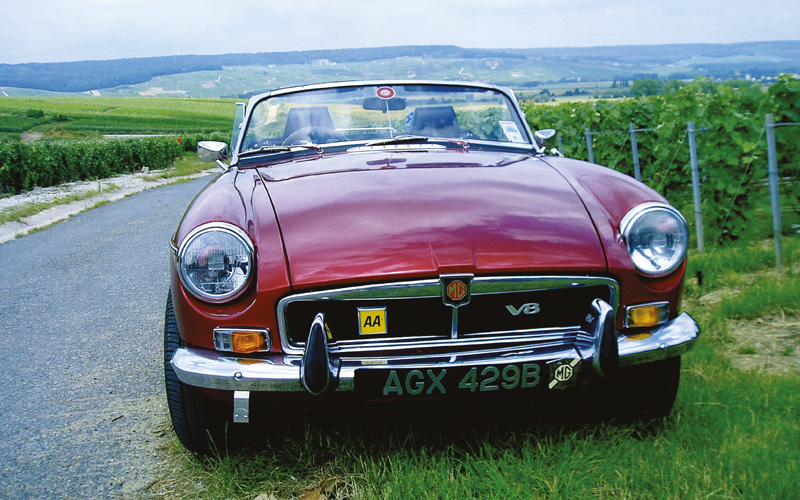
Credit: Photo by Moss Europe Ltd
Robbing Ken Costello of his thriving enterprise dropping V8 Rover engines into the MGB, a factory version with V8 power appeared in 1973, albeit only in GT guise. It featured a low-compression 137bhp version of the Range Rover engine, and 2591 were produced.
A big change came in 1974 to comply with strict US safety regulations when more robust rubber bumpers replaced the delicate chrome affairs. Additionally, ride height was raised 1.5in and it gained 100lb in weight, all of which had a less than complementary effect on handling. Indeed, the roadster was particularly badly affected by roll-induced oversteer as a result of the extra load.
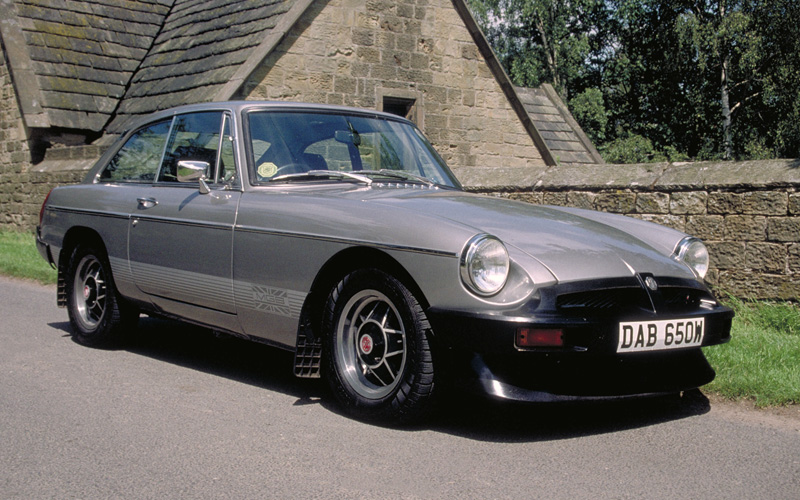
Credit: Photo by Moss Europe Ltd
Every cloud has a silver lining though and on the plus side overdrive was made standard from 1975 and from 1977 the front and rear valances were painted black to help the new bumpers blend in better. A new dash was also added with more conveniently positioned heater controls, new column stalks and a more petite four-spoke wheel. Other improvements included lower geared steering for more precise direction changes and crucially the fitment of front and rear ant-roll bars to provide a belated solution to the rubber bumpered car’s handling issues.
After a production lifespan that lasted 18 years, the final MGB left Abingdon in October 1980.
Buying a B
With excellent survival rates, finding a MGB shouldn’t be difficult – or beyond your budget, with project rubber-bumpered GT models available for a little over a thousand pounds. That doesn’t mean you can afford to be complacent as rusty cars can still trip up the unsuspecting 'B' buyer.
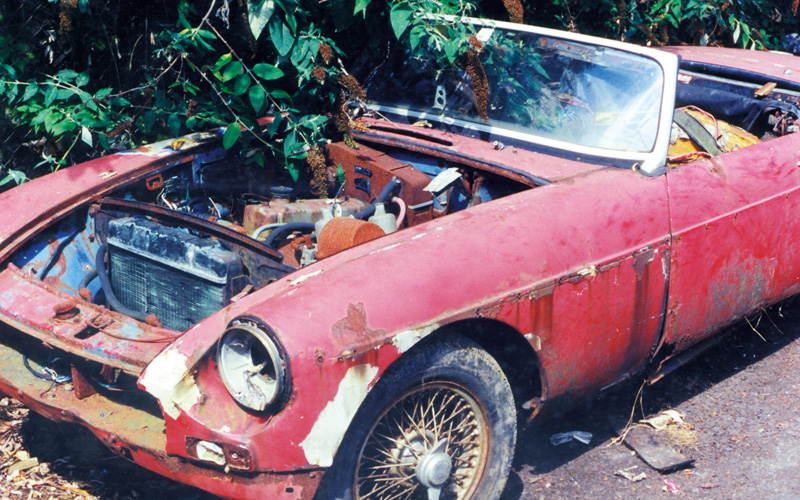
Credit: Photo by Moss Europe Ltd
Mind the gap
Chances are even the most recent MGB will have had some work, so stand back, eye up the panel gaps, and make an initial assessment as to whether the car in front of you is any good or not. Sills are particularly prone to rust; they tend to go at each end first so grab a mat, get on your knees and have a proper look.
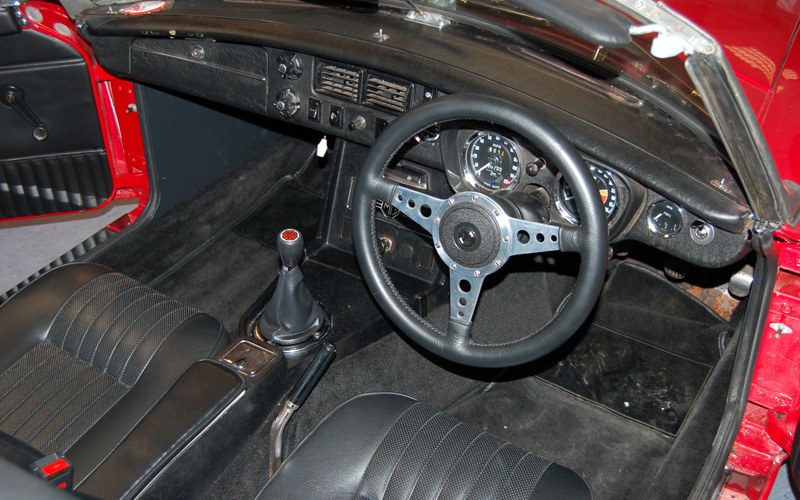
Credit: Photo by Moss Europe Ltd
The inner sills can be checked from the inside if you lift the carpet. Be wary of cars with badly fitting stainless sill covers – they could be hiding problems or actually encouraging rust by trapping water. Rotten front scuttle panels, rusty windscreen pillars and corroded splash panels are all common MGB maladies, and in the case of the latter, if it's not looking good in this area, chances are the inner wings and door posts are likely to be toast too. Still on the inner wings, there's a stiffening box along the top which can go and subsequently cause the top of the wings to rot out. This section is best viewed from under the bonnet, so take a close look.
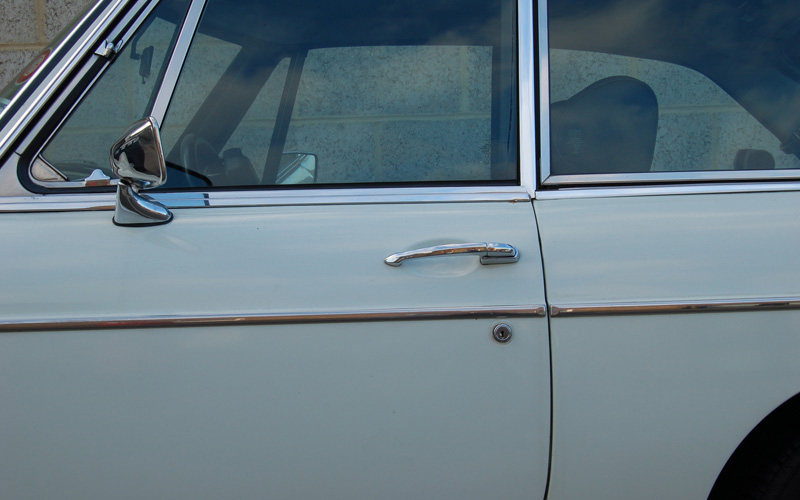
Credit: Photo by Moss Europe Ltd
Doors also rot out at the top and bottom, in which case a new skin is the best solution. Bonnets were alloy prior to ’69 but these can dent easily. Steel ones rust at the corners and near the hinges.
At the rear, tops of the wings rust, early tell-tale signs being bubbling along the beading. Sadly you might find more bad news underneath and because they are welded on (rather than bolted, like the fronts) replacing them is rather involved. On GTs, look for water ingress in the boot and possible rust as a result, and while there, lift the panel behind the rear seats to inspect the area where the battery sits. We stock a full range of body & chassis parts.
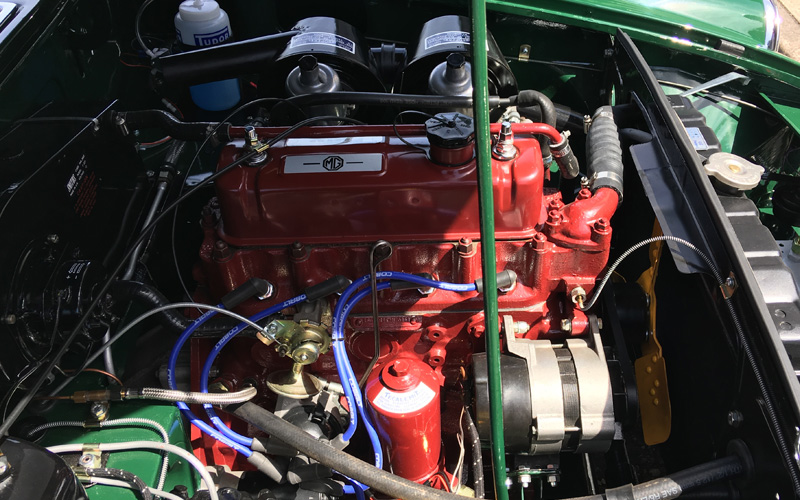
Credit: Photo by Moss Europe Ltd
Power to The People
By now, you'll have a pretty good idea as to whether it's best to make your excuses and leave, or continue your inspection by looking at the oily bits. The good news is that being relatively rugged and simple, the well-proven B-Series engine shouldn’t present too many worries. The five-bearing engine from 1965 is stronger than its predecessor; oil pressure of around 60-70psi with a warm engine while driving and 45psi at idle is a sign that all is well. Smoke on the overrun points to worn valve guides, while excessive smoke on hard acceleration is most probably worn bearings.
As a guide, replacement 1.8 B engines start at around £1800.
Tappet rattle is not uncommon and relatively easy to sort although a worn rocker shaft and arms are trickier to remedy. If you notice the water temperature needle edging beyond halfway, check for water leaks and assuming the radiator’s okay then suspect a possible blown head gasket – it tends to go between cylinders three and four.
Rough idle will most likely be due to worn butterfly spindles in the 1.5in SUs, in which case it’s a matter of buying a replacement or one of our overhaul caburettor kits.
Misfires or other rough running issues are likely to be as a result of a worn distributor – in which case buying a replacement distributor will be the answer.
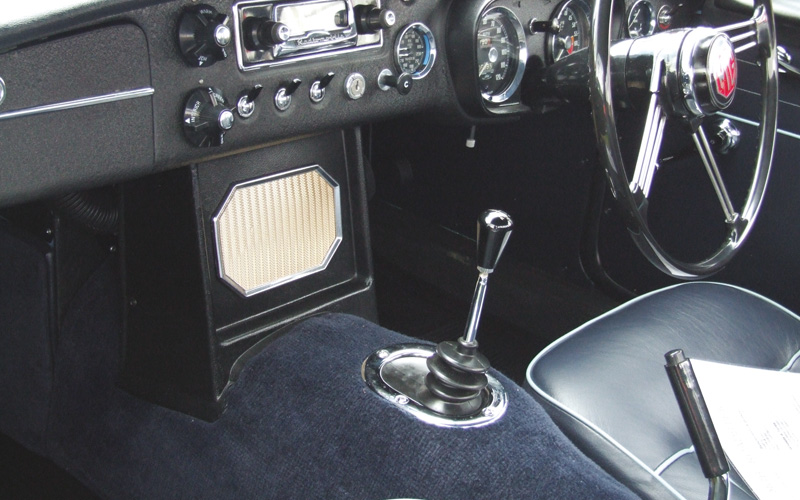
Credit: Photo by Moss Europe Ltd
In gear?
Manual ‘boxes are tough, but chattering could be down to worn layshaft bearings. If overdrive is fitted, make sure it slips in and out as it should. Synchro usually goes on second gear first.
Hydraulic clutches have automatic adjustment and it’s an engine out job to replace if it's slipping. To get a better idea of costs, see our range of clutch and transmission parts.
Running gear
Front kingpin wear is common, so jack the car up if you can and rock the wheel top to bottom. Back axles can get noisy, especially on the early pre-GT era cars with the ‘banjo’ type arrangement and the rubber bumper cars which seem to have weaker axles. Otherwise, it a case of checking for tired springs, leaky lever arm dampers, worn steering universal joints, worn top and bottom bushes and rusty anti-roll bar mountings. As we said, the great news is that virtually everything you'll need can be found in our range of steering & suspension.
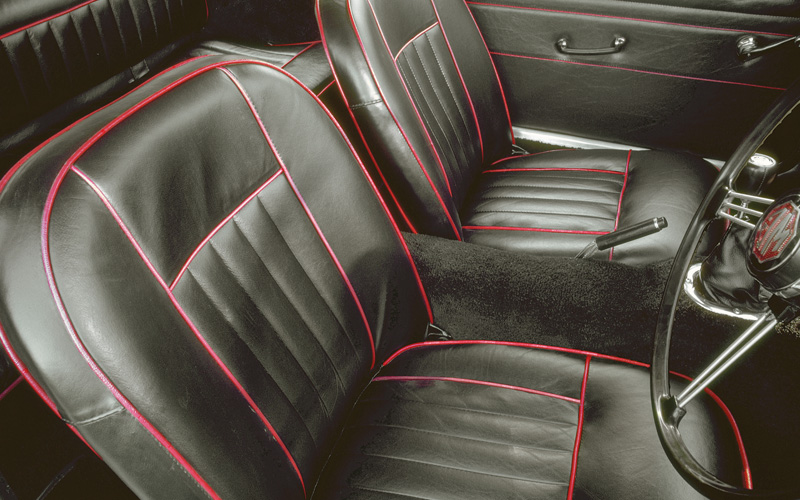
Credit: Photo by Moss Europe Ltd
Inside story
As you can see if you from our range of interior parts there’s very little that isn’t available for the MGB and anything that’s worn or broken can usually be replaced for not much money. That said, it's worth taking your time checking everything works. Those deck chair fabric seats on later cars sag, but again, as long as you are willing to search out a matching replacement, it’s not a reason to walk away from a good car. Ditto the hood, although ideally the frame needs to be in good nick and free from corrosion.
How much?
You'll be able to buy a rubber-bumper GT project for a grand, though £3,000-£5,000 will be needed for a presentable GT that's up, running and ready to go. Rubber-bumpered topless cars begin at £4,000 with perhaps £10,000-£12,000 needed for the very best, low mileage examples. Five grand will be enough to get you into chrome bumper MGB GT territory, but only just – and it will need work. Between £8,000-£12,000 is a more realistic figure. A chrome roadster will be £12,000-£15,000 although early cars will be £20,000. The MGC carries a premium for its rarity (and the fact that it features unique parts such as a strengthened floorpan) so restoring one can be a little more pricey. A GT version will be £18,000-£20,000, while one without a roof could be as much as £25,000. A V8 in any guise will begin at £20,000, with the nicest chrome bumper examples sometimes fetching another £10,000 on top of that.
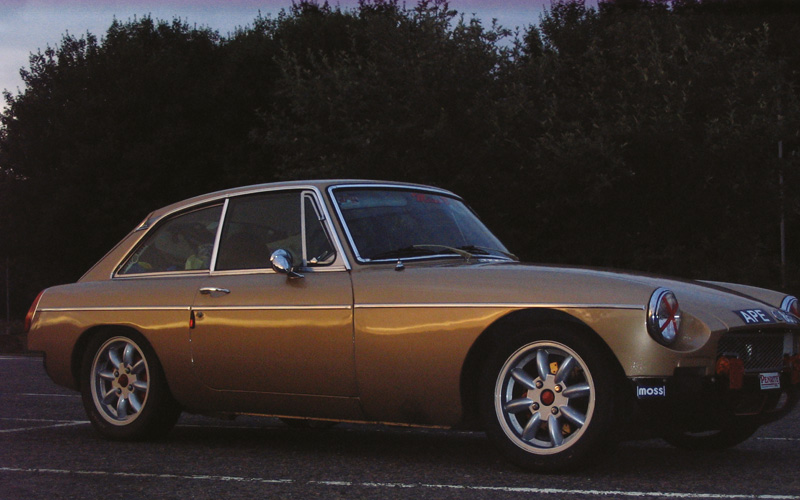
Credit: Photo by Moss Europe Ltd
Now here's the thing. While bigger bumpers spoiled things at first in ‘74, the 1977 changes which improved equipment levels, handling and overall refinement served to address the imbalance and make an MGB nicer to drive and more user friendly. That's why, pound for pound, you’ll get the best value from a later rubber bumper car – you might find it nicer to drive, more refined and generally better suited to regular use, too. That's great news because there has to be some consolation for reaching 40!

Keep up with all the latest from Moss on our social pages
|
|















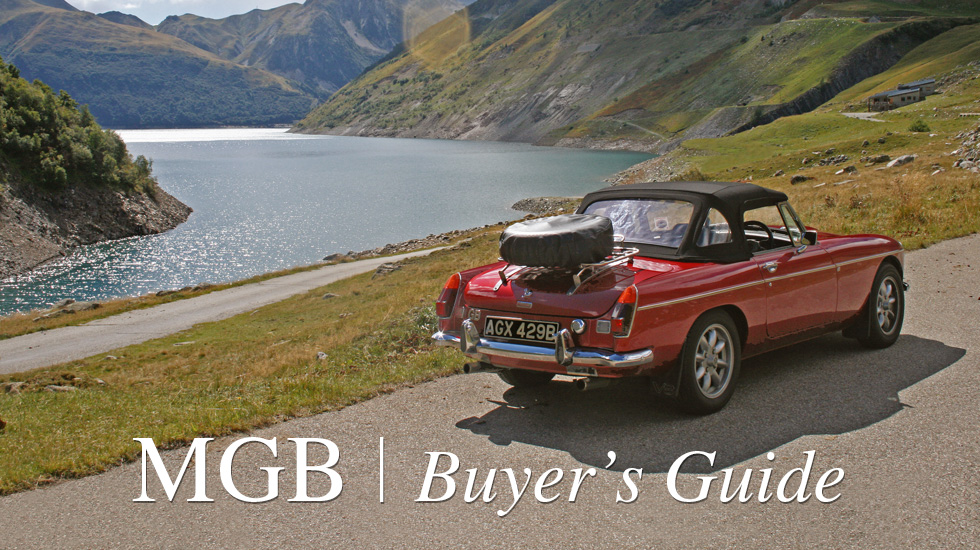



